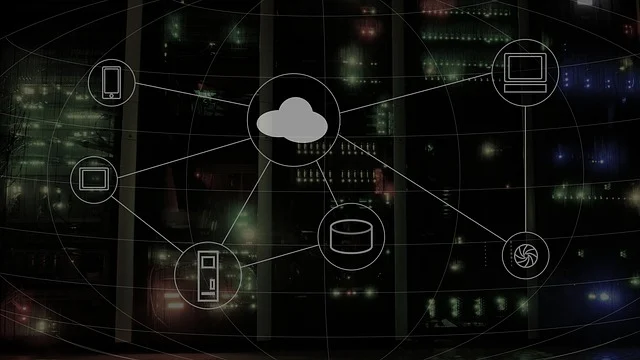Cloud computing has revolutionized business operations and service provision. It stands for versatility, scalability, and affordability, simplifying the development lifecycle with systems like Google Cloud and Amazon Web Services (AWS). Serverless computing allows developers to focus on code without worrying about underlying servers or scalability issues. It has adaptable cloud structures and specialized vertical multiple cloud services. This reshapes the cloud environment, improving developers’ efficiency and user interface. With time, there has been a revolution in cloud computing latest trends.
With instant scaling and consumption-based pricing, serverless computing goes beyond Function-as-a-Service (FaaS). Today’s article will explore the cloud computing latest trends.
Cloud Computing Latest Trends
Cloud computing offers a range of services over the World Wide Web. This includes servers, databases, storage, software, networking, intelligence, and analytics. This technology has revolutionized business operations, delivering exceptional flexibility, cost-efficiency, and scalability. Cloud computing trends for 2024 include cloud security, artificial intelligence, and machine learning. It also involves hybrid and multi-cloud architectures, edge computing, Kubernetes, IoT, serverless computing, and disaster recovery.
Cloud security shields data, infrastructure, and apps from online attacks in the virtual world. Providers and users share this important responsibility and employ encryption, authorization, monitoring, authentication, incident response, and compliance measures.
Next, we have cloud cost optimization, another cloud computing trend focusing on reducing spending and improving efficiency. It involves managing and analyzing internet resources, eliminating waste, enhancing performance, and aligning costs with goals.
Edge computing brings data storage and computation closer to the point of requirement, offering enhanced response times.

Kubernetes automates the monitoring of containerized applications. Thus turning out to be scalable and portable across various online environments.
IoT, or the Internet of Things, creates intelligent homes, agriculture, cities, manufacturing, and healthcare. Cloud services provide versatile, reliable, and affordable IoT information processing, organizing, and evaluation capabilities. Serverless computing allows developers to build applications without managing infrastructure, while cloud providers oversee servers, resource charges, and scaling.
Composition as Code (CaC) has begun to replace Infrastructure as Code (IaC) in cloud infrastructure management. It is an innovative strategy that conceals the distinctions between infrastructure and application functions. Development tools such as Pulumi and AWS CDK facilitate the creation of fluid, logic-driven cloud structures. It supports programming languages like TypeScript, Python, C#, Go, and Java. This change opens the door for more advanced, higher-level technologies and ideas.
The Reign Of AWS
AWS, Azure, and GCP are concentrating on offering a broad range of services and sophisticated user experiences. But for efficient use, this increases complexity and requires steep learning curves. There is a shift toward cloud service hyperspecialization with the emergence of vertical multi-cloud services in a single field. To provide a distinct value proposition, other businesses likewise concentrate on a single multi-cloud basic and enhance it with developer constructs. As they expand vertically, hyperspecializers create an ecosystem of vertical multi-cloud services. They provide a single, best-in-class service enhanced with constructs.
AWS EC2 introduced microservice architecture. It uses persistent computing services like virtual machines (VMs) or container services. Choosing the right cloud service provider is essential for businesses to embrace the latest trends in cloud computing. Following Cloud Computing latest trends include benefits like scalability, cost savings, accessibility, security, and automatic software updates. With these, companies can adapt to changing customer needs, reduce costs, and ensure the safety and efficiency of their data.



